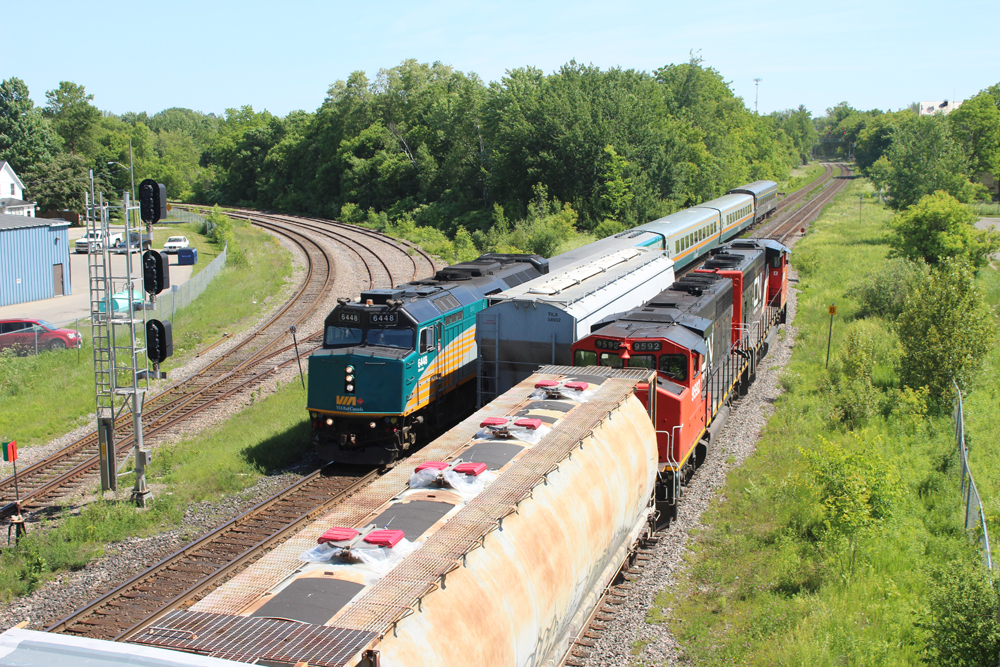micheal_can
Senior Member
My understanding is that staffing the new trains (i.e. with LE/OTS/maintenance crews which have been explicitly trained on and for the Siemens trainsets) is a major constraint in increasing their deployment, especially before the new Siemens-run maintenance facilities have opened…
I get that it can take time to train people, however, if that is all it is, there should be a tipping point where all trains have trainees such that once a new train comes to Canada, it can go directly into service once an inspection is done. So, if we have 5 trains in service, we should have all 5 trains running with qualified and under training people.





